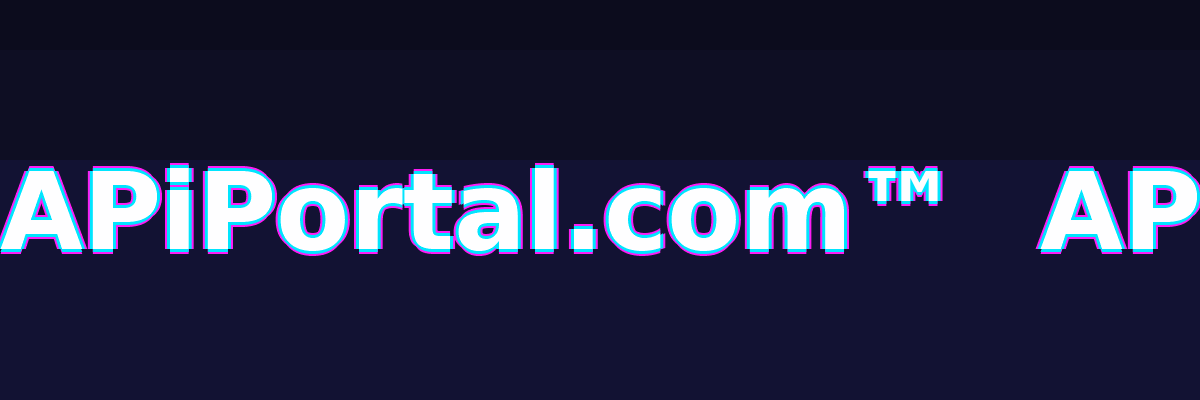LLM API Best Practices for Beginners
2025-10-17


If you’re new to APIs and AI portals, the landscape can feel like alphabet soup—REST, JSON, OAuth, LLMs, embeddings, tokens. The good news is you don’t need to master everything to get real value fast. An API portal gives you one front door to discover endpoints, read concise docs, request keys, and try live calls. An AI portal layers in models and orchestration to turn raw endpoints into outcomes—content generation, knowledge search, summarization, or structured automation with guardrails.
Think of an API portal as your library and workbench in one place: you browse a catalog, open a spec, copy a ready‑to‑run example, and immediately see responses. Good portals reduce friction: clear rate limits, consistent error messages, sample payloads you can paste into cURL or JavaScript, and dashboards that surface request counts and latency without a BI degree. A great portal meets you where you are, whether you want zero‑code playgrounds, Postman collections, or SDKs for Python, JavaScript, and Go.
Large Language Model (LLM) APIs add a few twists. You’ll choose a model (or a family of models) and provide prompts or system instructions that frame intent. For reliability, keep prompts short, include explicit constraints (tone, length, output format), and prefer structured output (JSON or Markdown sections) when downstream systems will parse results. Caching and request batching can dramatically cut costs. Finally, log prompts and responses—sanitized of personal data—to learn which patterns succeed for your use case.
Security and privacy matter even for hobby projects. Use environment variables for API keys, avoid logging secrets, and scope each key to the minimum permissions required. If you handle user content, define a retention policy and note it in your privacy page. On the front end, treat the portal as a brand experience: fast pages, responsive design, lightweight analytics, and meaningful metadata (titles, descriptions, Open Graph) so your links look great on social and in chat apps.
As you grow, adopt a simple lifecycle: stage new endpoints, version breaking changes, publish deprecation timelines, and provide migration notes with tiny code diffs. For AI features, document prompt patterns and failure modes. Show quick‑start recipes: “generate a support reply,” “enrich a lead with public data,” “summarize a contract,” “draft a blog outline.” Clear examples beat abstract theory. With the right portal, newcomers can learn by clicking and tinkering, then scale confidently with robust, observable APIs.
